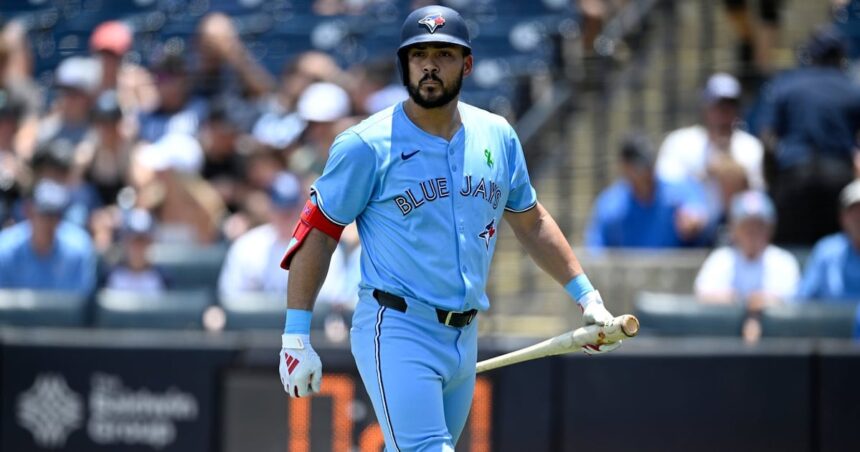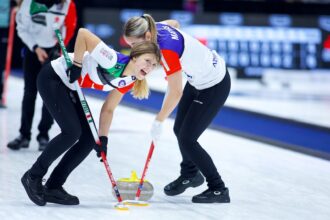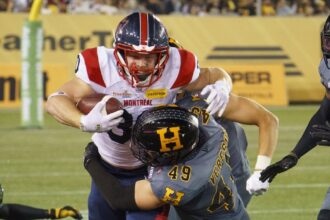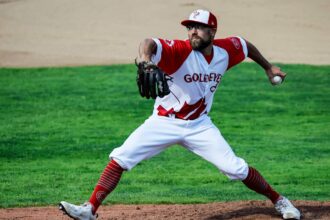Blue Jays fans hoping to see new acquisition Anthony Santander make an impact will need to exercise patience as the outfielder continues to recover from what has been revealed as a partial shoulder dislocation. The injury, sustained during a game last week, has kept the slugger from swinging a bat—a concerning development for a Toronto team banking on his offensive firepower.
“It’s frustrating because I want to be out there helping the team,” Santander told reporters through a translator yesterday at the Rogers Centre. “But with shoulder injuries, you can’t rush the process.”
The 29-year-old, acquired in a deadline deal that signaled Toronto’s commitment to offensive improvement, has been limited to light throwing and conditioning exercises. Medical staff have implemented a progressive rehabilitation program, but team manager John Schneider remains cautious about establishing a firm timeline for Santander’s return to the lineup.
“These injuries can be tricky,” Schneider explained during pre-game media availability. “One day you feel great, the next day you wake up stiff. We’re taking it day by day, but he’ll need to show he can swing without discomfort before we consider putting him back in game situations.”
The injury comes at a particularly inopportune moment for the Blue Jays, who have struggled to find consistency at the plate throughout the season. Santander’s track record of power—he hit 23 home runs in the first half with Baltimore—was precisely what Toronto’s front office sought to inject into their lineup for the playoff push.
Team physicians have indicated that while surgery is not currently being considered, the possibility hasn’t been completely ruled out depending on how Santander responds to treatment. The organization’s medical director emphasized that patience will be essential to prevent aggravating the injury and potentially causing long-term damage.
For fans following the CO24 Culture section who might not regularly track baseball developments, Santander’s situation highlights the delicate balance athletes face between competitive drive and physical limitations. The pressure to perform after being traded to a new team often pushes players to return prematurely, sometimes with consequences that extend beyond a single season.
Teammates have rallied around Santander, with veteran players sharing their own experiences recovering from similar injuries. “The hardest part is the mental game,” noted shortstop Bo Bichette, who dealt with shoulder issues early in his career. “You want to contribute, especially when you’re the new guy, but rushing back only makes things worse.”
The Blue Jays’ training staff has implemented cutting-edge recovery techniques, including specialized physiotherapy and advanced imaging to track the healing process. These approaches reflect broader trends in sports medicine that prioritize long-term athlete health over immediate availability.
As the team navigates this challenging situation, management faces difficult roster decisions. The outfield rotation has been adjusted, with several players receiving increased playing time in Santander’s absence. This unexpected development has created opportunities for younger players to showcase their abilities, potentially influencing the team’s strategic direction moving forward.
Whether Santander returns to make a significant impact this season remains uncertain, but what’s clear is that the organization is taking a measured approach to his recovery. In the high-stakes world of professional sports, these opinions on injury management often divide fan bases and spark debates about team priorities and player welfare.
For now, Santander continues his rehabilitation with cautious optimism, while Blue Jays nation holds its collective breath, hoping their prized mid-season acquisition will soon resume his place in the heart of the batting order.










